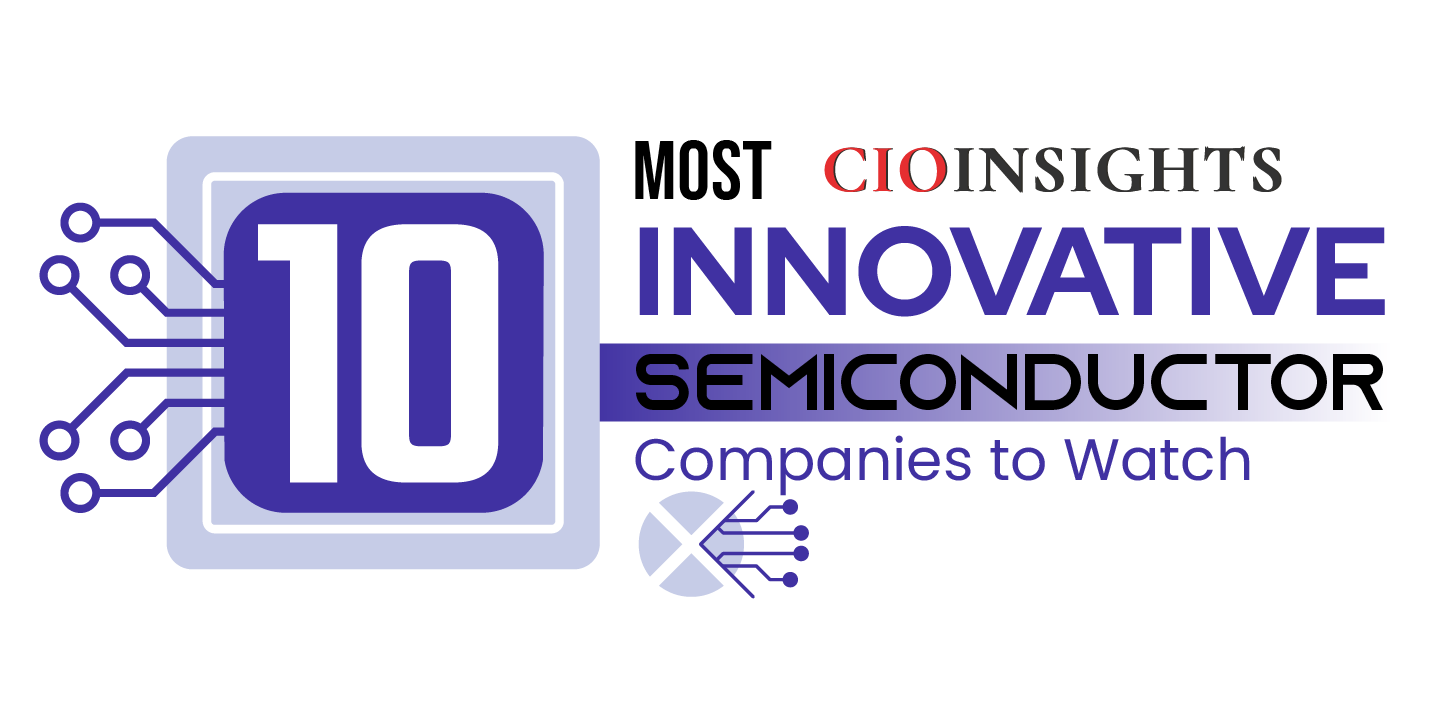10 Most Innovative Semi-Conductors Companies To Watch


Lightmatter and the Revolutionary Path to Optoelectronic Computing In the evolving era of semiconductors and computing, a name that stands out with groundbreaking innovation is Lightmatter. Founded by Nicholas Harris, Lightmatter is pioneering a transformational journey in the realm of semiconductors by introducing the world to photonic computing, a technology that leverages light to perform calculations. This technology holds enormous potential, bringing to the table speed, energy efficiency, and sustainability, essential components for the future of computing. A Leap into Photonic Computing Tracing the Origins: The Genesis of Lightmatter Lightmatter was conceived to resolve the prevailing bottlenecks in conventional computing technologies. As Moore’s Law begins to approach its limitations, companies are in pursuit of alternatives to sustain the relentless progression of computational power. The venture’s journey began at MIT, where the seeds of innovation were planted, leading to the conception of a company that is today at the forefront of optoelectronic computing. In a scenario where energy consumption by data centers globally is mounting exponentially, Harris’s vision was clear: “The relentless pursuit of performance improvements in computing should not compromise our environmental obligations. We envisioned Lightmatter to be the beacon that leads the industry towards responsible innovation.” Dissecting the Mechanism: How Lightmatter Operates Lightmatter’s photonic computing devices utilize light to process and transmit data. In traditional semiconductor-based systems, electrons are the carriers of information, moving through silicon-based circuits. However, this movement creates heat, which subsequently requires cooling, thereby consuming additional energy. Lightmatter's paradigm focuses on the manipulation of photons to relay information, circumventing the heat generation issue predominantly. Here, the data is encoded into light waves that traverse through waveguides made from silicon nitride, a material known for its optimal properties for photonic integration. This modus operandi ensures higher processing speeds and minimal latency, coupled with significantly reduced energy consumption. “By employing light as the medium for data transport and computation, we have unraveled a pathway to unprecedented computing capabilities, with minimal environmental footprints,” says Nicholas Harris. “Our approach is not merely an enhancement; it’s a reconstruction of computational methodologies that drives us closer to sustainable technology evolution.” The Envoy Path™: A Beacon of Light One of Lightmatter’s groundbreaking contributions is the Envoy Path™, a photonic processing unit (PPU). The Envoy Path™ is designed to serve as an accelerator, coupled with traditional processors, to significantly enhance computational capabilities. This revolutionary PPU is a testament to Lightmatter's relentless pursuit of innovation, blurring the lines between possibility and reality in computing technology. Envoy Path™ is a boon to the world of artificial intelligence and machine learning. It enables complex calculations at unparalleled speeds while maintaining energy efficiency, addressing the incessant demands of evolving technologies. Harris elucidates, “Envoy Path™ is not just a product; it’s a manifestation of our commitment to propel the world of computing into an era where speed and sustainability coexist.” Bridging Gaps: The Lightmatter Advantage The introduction of photonic computing by Lightmatter bridges the existing gaps in the semiconductor industry. With electronic-based semiconductors grappling with limitations, the industry is on the lookout for solutions that can offer sustainable advancements. Lightmatter steps into this void, providing a confluence of speed, precision, and ecological responsibility, essentially redefining the operational paradigms of the sector. In the words of Nicholas Harris, “We are not just creators; we are enablers. Lightmatter’s technology is a canvas for the industry to paint their visions of the future, where limitations are mere stepping stones to innovations.” The Horizon: Future Endeavors and Possibilities The journey of Lightmatter is intertwined with the continual quest for advancements that align with the principles of sustainability. The innovations rolled out by the company are not terminal; they are the foundations upon which the subsequent layers of transformative technologies are being built. The confluence of light-based computing and semiconductor technology heralds a future where the boundaries of innovations are continually expanded. As the industry converges towards a juncture where responsibility and advancement are equally prioritized, Lightmatter stands as a luminary, illustrating the path to an ecologically balanced and technologically advanced future. Nicholas Harris sums up Lightmatter's vision, “Our odyssey is characterized by relentless exploration, by the pursuit of technologies that are harmonious with our environment. Every stride we take is a step towards a future where technology and ecology are seamless companions.” Lightmatter, under the visionary leadership of Nicholas Harris, is sculpting a new era in the semiconductor and computing industry, emphasizing the integration of sustainable practices with revolutionary technologies. The endeavor to harness light for computing is not just a technological leap; it’s a leap towards ecological balance, enabling the industry to evolve responsibly. The trajectory of Lightmatter is marked by the persistent pursuit of possibilities, of uncharted territories in technological realms. By intertwining sustainability with innovation, Lightmatter and Nicholas Harris are crafting a narrative that is destined to reshape our technological and environmental landscapes, creating harmonious synergies between advancement and responsibility. This is not just the unfolding of a new chapter in semiconductors and computing; it is the weaving of a new tapestry where every thread is a testament to the harmonious coexistence of rapid advancements and ecological sensibility. In the ceaseless voyage of discovery and creation, Lightmatter is the beacon illuminating the paths untrodden, guiding us to a future where light is not just a symbol of knowledge but also the medium of computation.
Lightmatter’s approach to computing is revolutionary, utilizing light waves or photons instead of electrons to transmit information. In contrast to traditional electronic computing, photonic computing provides a low-heat, high-speed solution. This substantially minimizes energy consumption, resulting in a quantum leap towards eco-friendly technology that aligns with contemporary needs. Nicholas Harris, the Founder, and CEO of Lightmatter, emphasizes, “Our mission is to bring forth computing solutions that are not just extraordinarily swift but are also aligned with our commitments to sustainability.”






